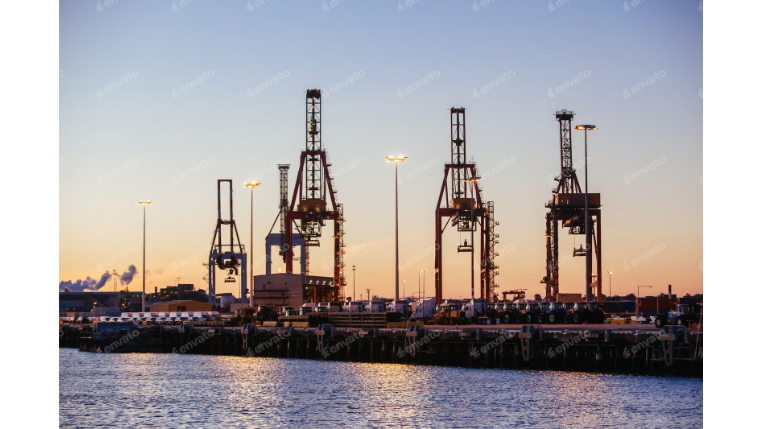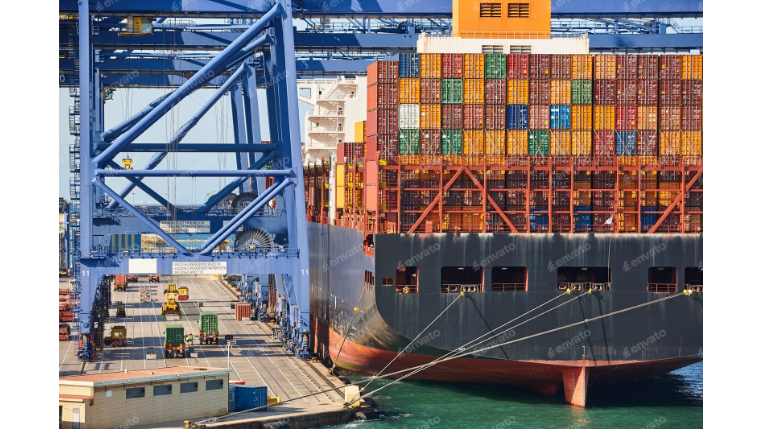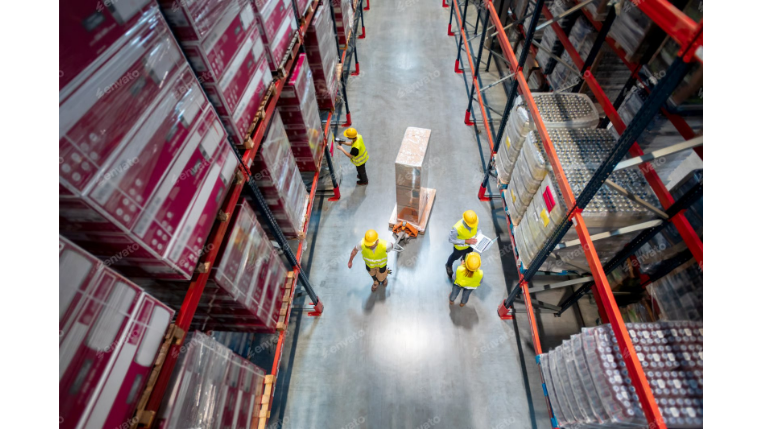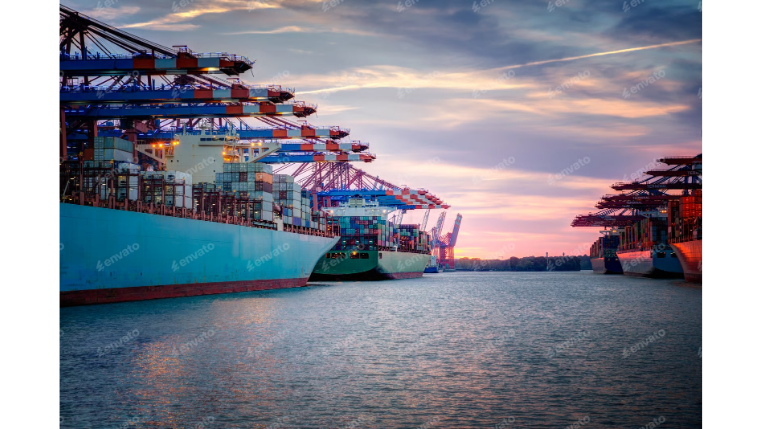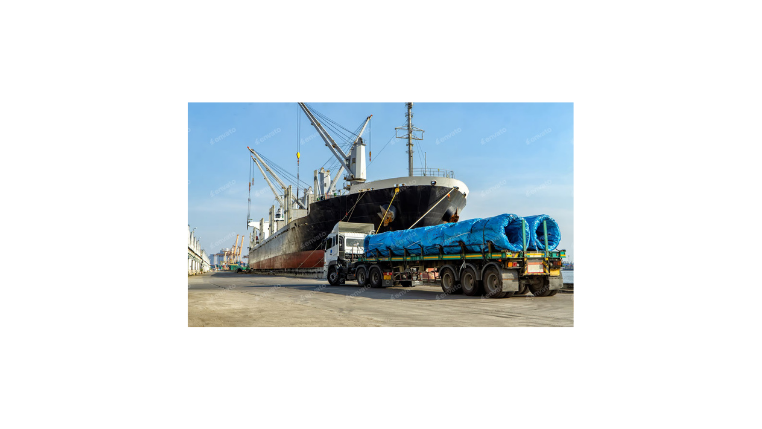The journey of goods from a producer to a consumer is a critical part of the global economy. For a vast range of products—from fresh produce and frozen foods to delicate pharmaceuticals and vaccines—this journey is a race against time and temperature. Any fluctuation can compromise quality, safety, and effectiveness. This is where refrigerated transport, a specialized form of logistics, becomes essential.
Refrigerated transport, also known as cold chain logistics, is a system of temperature-controlled storage and distribution. It uses specially designed vehicles and containers to maintain a specific temperature range, ensuring the integrity of temperature-sensitive goods throughout their entire journey.
This guide will answer the key question, "What is refrigerated transport?", and explore the industries that rely on it, its core benefits, and the challenges involved in managing a modern cold chain.
Industries That Rely on Refrigerated Transport
The need for temperature-controlled logistics is far more widespread than you might think. While the food and beverage industry is the largest user, many other critical sectors depend on it.
Food and Beverage
This is the most common and visible user of refrigerated transport. It includes the shipment of:
- Fresh Produce and Meat: Maintaining a cool temperature is crucial to prevent spoilage and bacterial growth.
- Dairy Products and Frozen Foods: These require a constant, specific temperature to ensure they remain safe to consume.
- Beverages: Certain drinks and concentrates need to be kept chilled to maintain quality and flavor.
Pharmaceutical and Medical
The integrity of medical supplies is non-negotiable. This sector relies on a strict cold chain to maintain the efficacy and safety of life-saving products.
- Vaccines and Biologics: These are highly sensitive to temperature and can lose their effectiveness if exposed to heat.
- Medical Samples and Devices: Biological samples, blood, and certain medical devices must be kept within a precise temperature range for analysis and use.
Chemical and Industrial
Even in the industrial sector, temperature control is key. Certain chemicals, adhesives, and industrial solvents are sensitive to temperature changes and can become unstable or lose their properties if not transported under controlled conditions.
Horticulture and Cosmetics
- Horticulture: Flowers, plants, and seeds are often shipped in refrigerated vehicles to extend their freshness and shelf life.
- Cosmetics: Many natural cosmetics, skincare products, and other personal care items can spoil or degrade when exposed to excessive heat, making specialized transport a necessity.
Key Benefits of Refrigerated Transport
Adopting refrigerated transport offers a number of significant benefits for businesses handling perishable goods.
- Extended Shelf Life: The temperature-controlled environment slows down the growth of bacteria, allowing products to be transported over longer distances and expanding market reach.
- Ensures Compliance and Safety: Many industries, especially food and pharmaceuticals, are subject to strict government regulations for the transportation of sensitive goods. Refrigerated transport helps businesses comply with these standards, reducing the risk of penalties and legal issues.
- Improved Quality Control: By using real-time temperature monitoring systems, businesses can continuously track the conditions of their goods during transit. This ensures that products are kept within the required range, reducing the risk of spoilage and loss.
- Increased Profitability: By preventing spoilage and waste, refrigerated transport allows businesses to maximize the value of their perishable products. This, combined with the ability to reach new markets, can significantly increase a company's profitability.
- Enhanced Customer Satisfaction: Delivering fresh, safe, and high-quality products consistently helps a business build a reputation for reliability. This, in turn, boosts customer satisfaction and loyalty, leading to repeat business and increased revenue.
Challenges in Cold Chain Management
Despite its many benefits, managing a cold chain is a complex process. These challenges are why specialized logistics providers are so crucial in this sector.
- Maintaining Strict Temperature Control: Any mishap in temperature control, even minor fluctuations, can lead to product spoilage. This requires specialized equipment, advanced technology, and constant monitoring.
- Time-Sensitive Operations: The entire cold chain must be managed with precision. Delays at any point—from loading to final delivery—can compromise the integrity of the goods.
- High Operational Costs: Refrigerated transport requires a heavy investment in specialized equipment, ongoing maintenance, and increased energy consumption, making it more expensive than conventional logistics.
- Regulatory Compliance: The strict regulations that govern the transport of temperature-sensitive goods can be complex and vary across regions, making compliance a significant challenge.
Market Trends and Outlook for 2024 and Beyond
The global refrigerated transport market is projected to grow to over $29 billion by 2033, a clear indicator of its increasing importance. This growth is driven by several key trends:
- Rising Demand for Perishable Goods: As consumers prioritize fresh, high-quality products, the need for reliable cold chain logistics has intensified.
- Growth in E-commerce: The expansion of online grocery shopping and home meal kits is fueling the demand for efficient, last-mile refrigerated delivery services.
- Technological Innovation: The industry is adopting new technologies like real-time temperature monitoring systems, GPS tracking, and data analytics to improve visibility and ensure compliance.
- Electrification of Fleets: A shift towards electric trucks with integrated electric refrigeration units is transforming the sector, helping companies meet sustainability goals and reduce emissions.
In conclusion, refrigerated transport is a vital and growing segment of the logistics industry. Its ability to ensure the quality and safety of perishable goods is essential for a wide range of sectors, from food and pharmaceuticals to horticulture and cosmetics. By understanding its benefits and challenges, businesses can make informed decisions to optimize their cold chain and meet the evolving demands of consumers.


